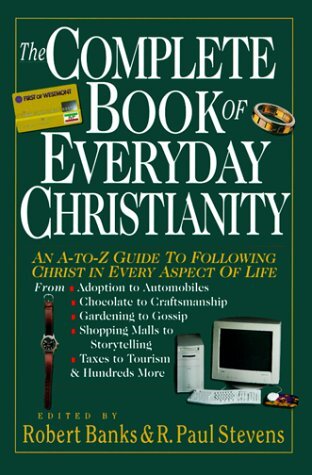Crowds
Book / Produced by partner of TOW
In their attraction to so-called newsworthy events, modern mass media have heightened our awareness of crowds and their unpredictable behavior. Mass fights at soccer matches, demonstrations that turn violent and riots in urban areas are some of the many contemporary examples of crowds gone out of control. But crowds are not a strictly modern phenomenon. They were instrumental in the events surrounding the birth of the New Testament church. Jesus viewed the crowds to whom he ministered as “sheep without a shepherd” (Matthew 9:36). The Pharisees manipulated the fickle crowds in Jerusalem to coerce Pilate to crucify Jesus (Matthew 27:20). Pentecost was also a crowd event, chosen by the Spirit as an occasion for the first public declaration of Jesus’ resurrection (Acts 2). Crowds have played an important role in religious revivals throughout church history.
A crowd is simply a gathering of people whose attention is temporarily focused on a shared concern. Gustave LeBon believed that crowds possess a common mind and are highly emotional and irrational. In this state, the veneer of civilized restraints is easily peeled away, exposing our baser natures and creating a situation in which radical impulses are highly contagious. In reality, most crowds are peaceful and rational. Yet crowds exhibit a capacity for suggestibility that is very understandable when one grasps the essentials of how they differ from other social groupings.
Most permanent groups that interact face to face are small and tend to develop a rich variety of behavioral controls. Crowds are usually large, and this seems to create a critical mass of emotionality, especially when certain highly charged events that are either tragic (someone is killed) or joyful (your team wins) occur. Crowds also lack the density of restraints prevalent in other gatherings. Crowd members usually have not developed common expectations regarding behavior, except perhaps for vague notions of politeness and self-restraint. These weak norms are easily overwhelmed by the press of events. It is not difficult to see how crowds are easily provoked, swayed and manipulated.
H. Blumer has identified several types of crowds. Conventional crowds, such as concert audiences, are typically restrained because the events they experience are preplanned and include mechanisms (formal and latent) for crowd management. They can become expressive crowds when emotions are aroused, resulting in unrestrained behavior that can take a destructive turn. Charismatic figures such as rock stars may generate the necessary spark. Most dangerous is the acting crowd, which has a goal beyond just celebrating the moment. Demonstrations of various types fall into this category. These can become violent when an extreme sense of urgency emerges or when the goals of the demonstration are denounced or threatened. Sometimes the ensuing events belie the values of the demonstrators, as when peace advocates throw rocks at police or a prolife sit-in results in the murder of a prochoice physician.
Christians who feel called to profess their faith through mass demonstrations need to be aware of the pitfalls of crowd behavior. Chances that these events will proceed “in a fitting and orderly way” (1 Cor. 14:40) are maximized when organizers provide appropriate training for volunteers, screen out highly volatile elements, give sufficient attention to details and contingencies in planning, and cooperate with management efforts by public officials. In our times, such precautions might even be considered as an extension of our spiritual armor (Ephes. 6:11).
» See also: Civil Disobedience
» See also: Civility
» See also: Public Spaces
» See also: Sports
References and Resources
H. Blumer, “Collective Behavior,” in Principles of Sociology, ed. A. M. Lee (3d ed.; New York: Barnes & Noble, 1969) 65-121; G. LeBon, The Crowd: A Study of the Popular Mind (New York: Viking, 1976).
—Donald Gray





